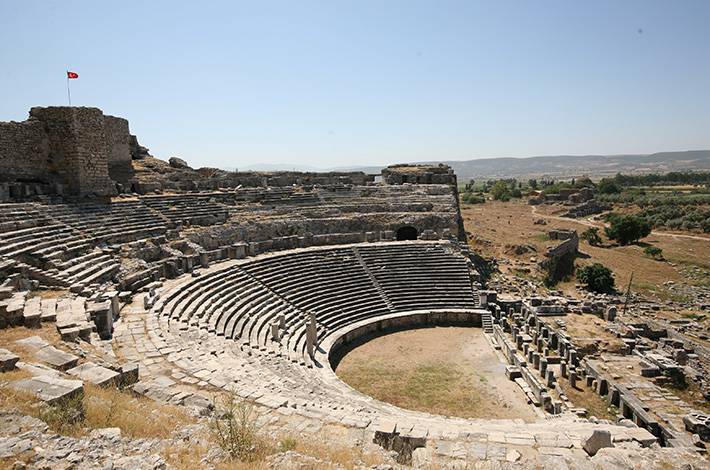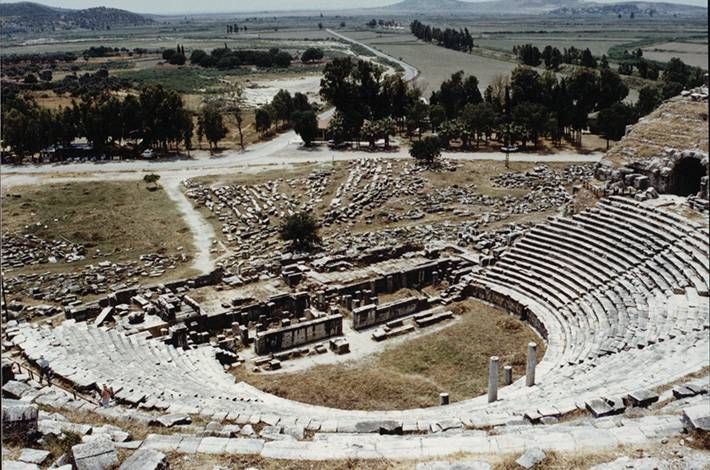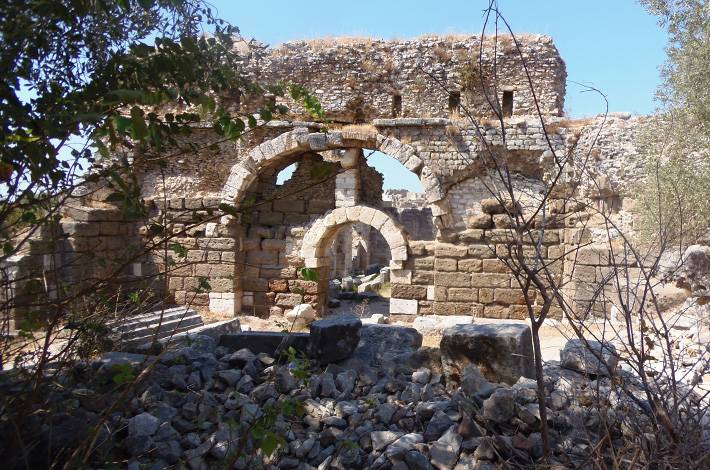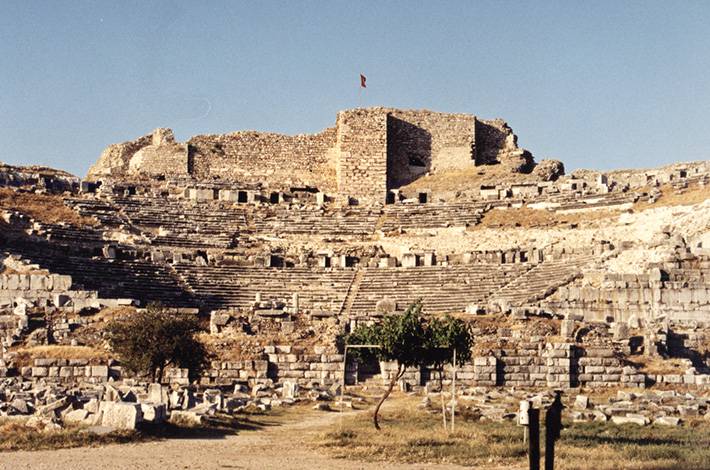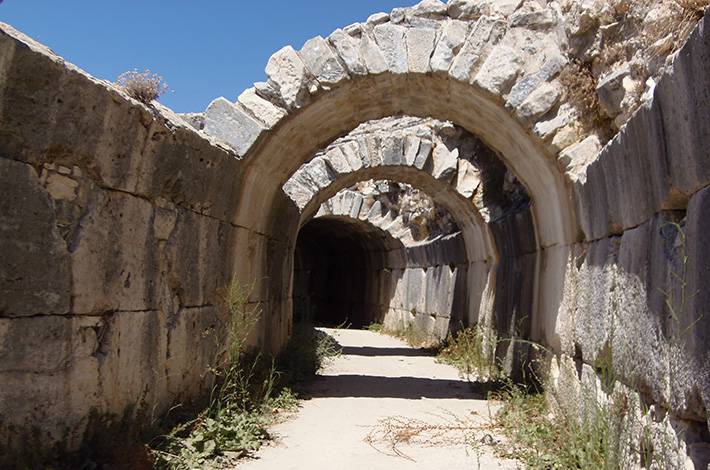Myths About The Establishment Of Miletus City While myths about the distant past must always be treated sceptically, Pausanias has contributed greatly to our understanding of the ancestry of the Mycenaeans: “According to the Milesians, their land was called Anactoria for two generations during the reigns of Anax. When Miletus arrived with an army of Cretans, the name of the land and the city was changed to Miletus. Miletus and his men had fled from Minos, the son of Europa. The Carians, the previous inhabitants of the land, joined forces with the Cretans to ensure their survival.” According to another version of Pausanias, Kodros' sons, Neleus and Medon, fought for the throne, leading Neleus to establish the city of Miletus on the West Anatolian Coast after being forced to leave Athens. While these stories cannot be verified, they are among the few written records of Miletus' foundation. The History Of The City The Acropolis of the Archaic Period in Miletus was abandoned after the Persian invasion in 494 BC. Subsequently, a Hellenistic city began to develop around the Lion Harbor and the Theatre. During the Roman period, the size and shape of the Hellenistic city were maintained, but the number of buildings increased significantly. During the Roman period, Miletus saw the construction of several significant public buildings, including the Faustina Bath, Humei Tepe Bath, Theatre, Lion Harbor Monument, Harbor Gate, Capito Bath, Gymnasium, South Agora Gate, West Agora, Stadium, and Warehouse. However, as the Great Menderes River filled the city's port, Miletus began to lose its importance as a port city. After 537 AD, Miletus became a bishopric, and the city gradually shrank, with its boundaries restricted to the Theatre and the Castle. During the Byzantine period, the city was known as Palatia. Its name was later changed to Balat during the principalities and Ottoman period after the 13th century. The Capital Of Philosophy, Science And Art The development of ancient Greek science and philosophy began with the Milesian school. Anaximenes of Miletus was one of the first philosophers to attempt an explanation of existence. Anaximander was the first philosopher known to have recorded his studies, inscribing universal laws on stones, independent of gods. Hecataeus of Miletus, on the other hand, focused on geographical works and is also credited with creating the first world map. Thales, who is considered the father of philosophy, learned how to calculate solar eclipses during his visit to Egypt. He also introduced the concept of atoms by suggesting that matter consists of several basic components.
MİLETUS ARCHAEOLOGICAL SITE


